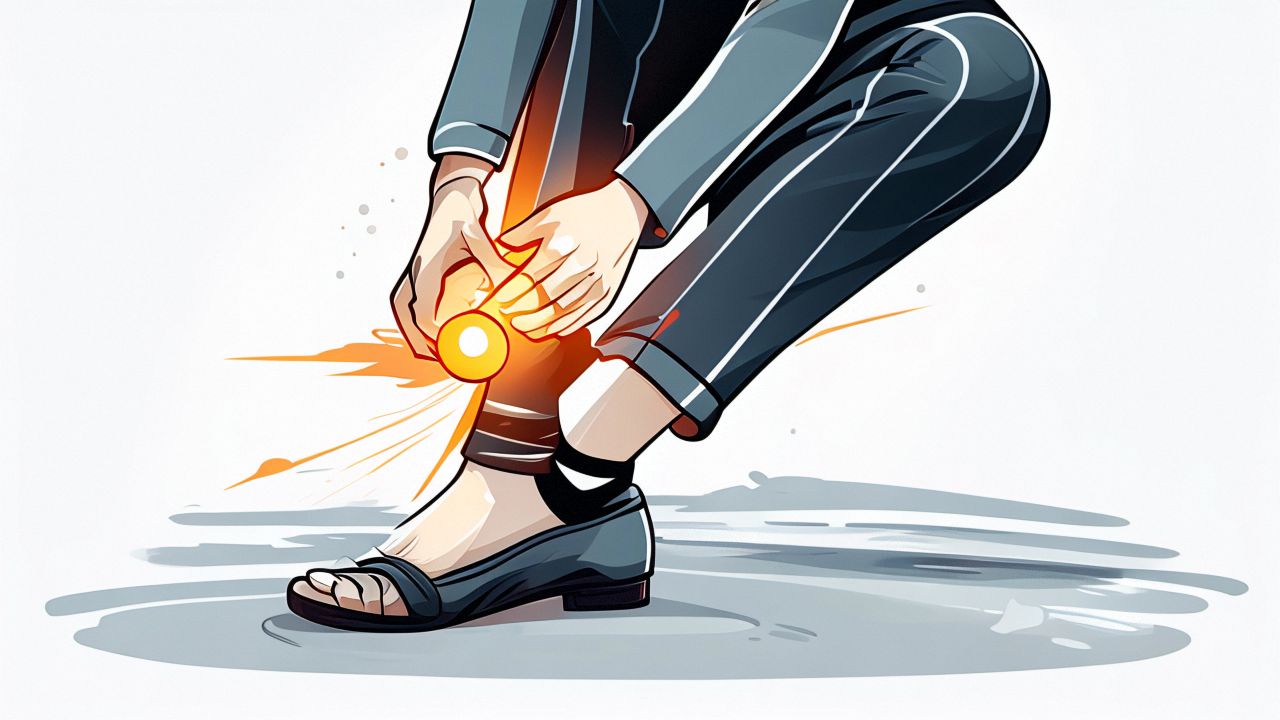Exercise therapy is an effective basic treatment for diabetes
Exercise therapy is an effective basic treatment for diabetes.
Diabetes is a chronic systemic disease with a high incidence rate in the endocrine system, and overall, it is a fundamentally weak disease. Therefore, when performing exercise therapy, the exercise volume must be gradually increased from small to large, and the movements should be simple to complex, step by step. With the enhancement of physical fitness, the exercise volume and movement difficulty can be increased, but it is absolutely essential not to overwork.
- Exercise is best performed 1 hour after breakfast and lunch, and for patients with severe conditions, appropriate exercise must be carried out under the guidance of a doctor, strictly step by step, and severe movements should be avoided to prevent exacerbating the condition. Simultaneously, attention should be paid to preventing hypoglycemia during exercise.
- It is necessary to appropriately take a walk after meals, maintain a positive attitude, and contribute to the cooperation of exercise therapy;
Exercise therapy is the third effective basic therapy after dietary therapy and drug therapy. It has the following clinical significances:
- Diabetics are mostly obese, especially among middle-aged and elderly women, and relatively few participate in physical labor and physical exercise. Appropriate exercise can help reduce body fat accumulation and maintain a healthy weight.
- Diabetics have low immunity, which can be enhanced by sports to increase physical fitness and immunity, reduce infection opportunities, and reduce the need for anti-diabetic drugs;
- Through exercise, excess body fat can be fully utilized, reducing the incidence of cardiovascular and cerebrovascular diseases;
- Constant exercise at appropriate intensity can improve metabolism, lower blood sugar and blood lipids, and prevent the occurrence of diabetes complications.
California boasts a remarkable array of outdoor sports destinations, each defined by its unique landscape and adventure opportunities. Yosemite National Park stands out as a sanctuary for rock climbers, hikers, and nature lovers, with its majestic waterfalls, ancient giant sequoias, and expansive wilderness areas. On the border of California and Nevada, Lake Tahoe attracts enthusiasts year-round with its pristine waters for kayaking, paddleboarding, and sailing in the warmer months, and its snowy slopes for skiing and snowboarding during the winter.
Venturing further south, Big Sur’s dramatic coastline offers an escape for those seeking hiking trails with breathtaking views, camping spots, and wildlife encounters. Death Valley National Park, though named for its harsh conditions, entices adventurers with its otherworldly desertscapes, ideal for off-roading, hiking, and stargazing. Joshua Tree National Park, with its distinctive desert flora and challenging rock formations, is a haven for rock climbers and campers alike.
Closer to urban areas, the Santa Monica Mountains provide a quick getaway for Los Angeles residents, offering mountain biking, hiking, and horseback riding trails. Further north, Redwood National and State Parks protect the world’s tallest trees, providing serene settings for hiking, wildlife viewing, and camping. Mount Shasta, a towering volcanic peak in Northern California, draws climbers, skiers, and snowboarders to its slopes.




